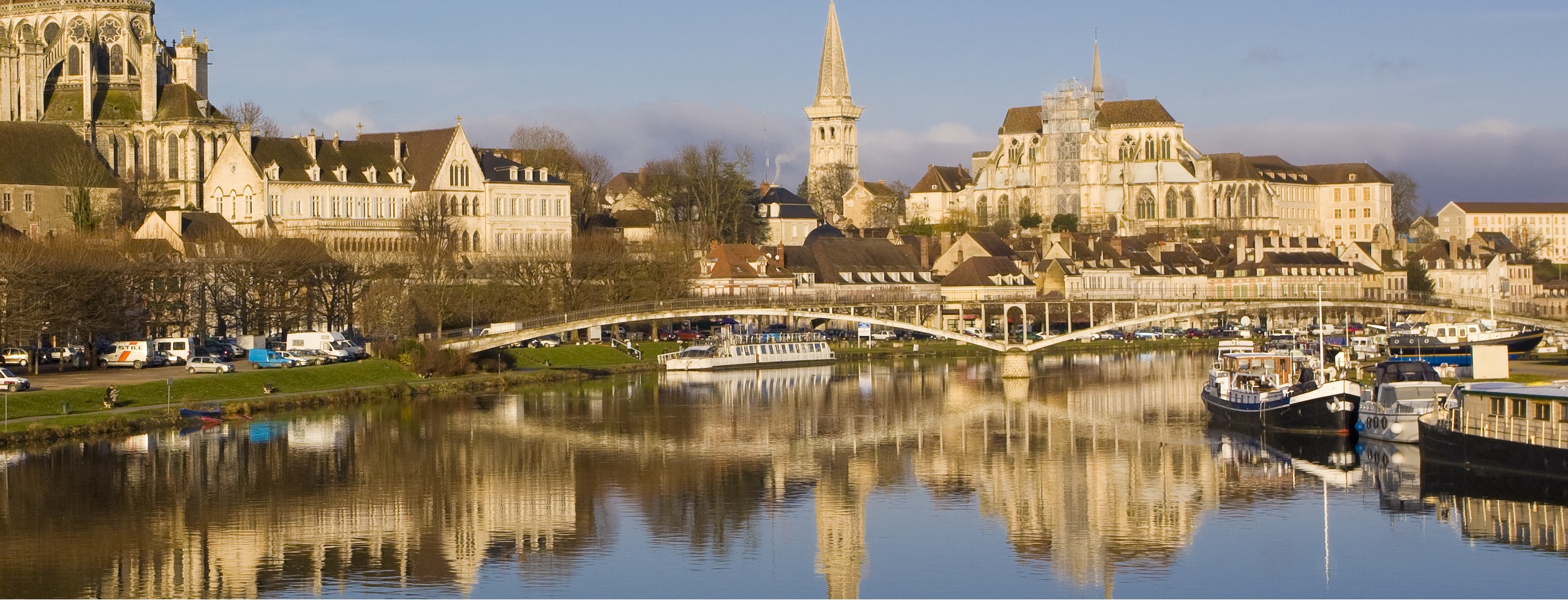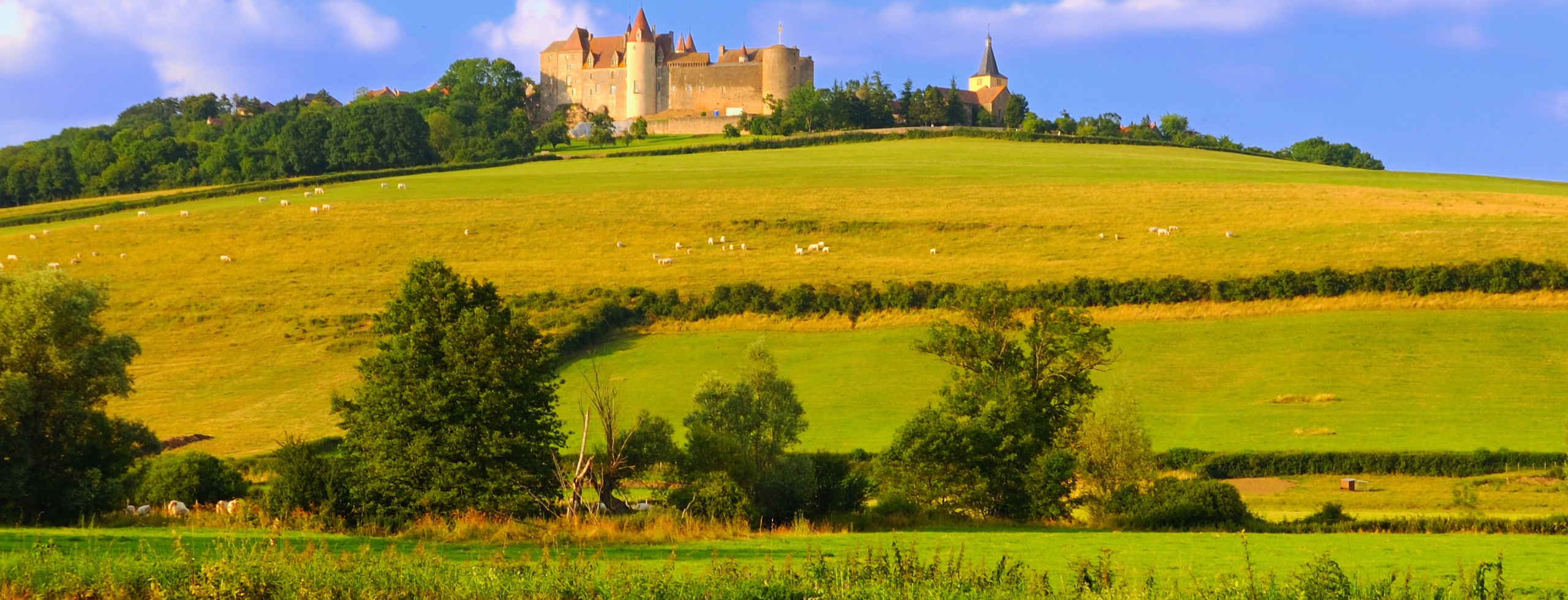One of the oldest continually settled regions in France, Burgundy is among the most well known wine producing regions in the world, with some of the most expensive vintages being produced on its rolling hills and flats. Burgundy is also home to beautiful Roman churches, picturesque French villages, and the bustling metropolis of Dijon. It goes without saying that the region has a stellar reputation for being one of the most traditional culinary provinces in all of France. Burgundy combines countryside, medieval villages, and incredible vineyards into one perfect palate.
• Rich history
• Religious significance
• Historical landmarks
• Traditional restaurants
• World famous wineries
Initially settled by the Celts and then the Romans, it was not until the reign of Pepin the short that Burgundian character began to assert itself. His son Charlemagne further consolidated rule, initiating the separate County of Burgundy and the Duchy of Burgundy, and the province remained so until the Hundred Years' War. Playing a large part in the advent of the Crusades, cathedrals and churches like Cluny and Citeaux were avid supporters of the cause, and Burgundians made up a large portion of Frankish Crusaders in both the First and Third Crusades.
Initiating a civil war with the King of France, Duke Philip the Bold of Burgundy nearly seized the throne of France, but was ruthlessly put down by King John II. The region was a special administrative region until the French Revolution, when it was again broken up into constituent counties, and remained this way until the mid-1970's. Both World Wars saw widespread desolation in the region, with furious fighting for the ample natural resources of the province. Burgundy is now a widespread tourist attraction, with sommeliers and aficionados coming from the world over to see the birth of some of the finest wines in the world, as well as the ancient churches and cathedrals of Cluny and Vezelay Abbey.
From the 14th century onwards, there were numerous visits made by sailors from Majorca, Portugal, and Genoa; the Majorcans established a mission with a bishop in the islands from 1350 to 1400. In 1402 the Castillian conquest of the islands began, but the natives resisted the invaders for almost a century and it was many years before the islands were truly conquered. The islands came into Portuguese control until a revolt happened and in 1459 the Portuguese were expelled.



 View Map
View Map 

